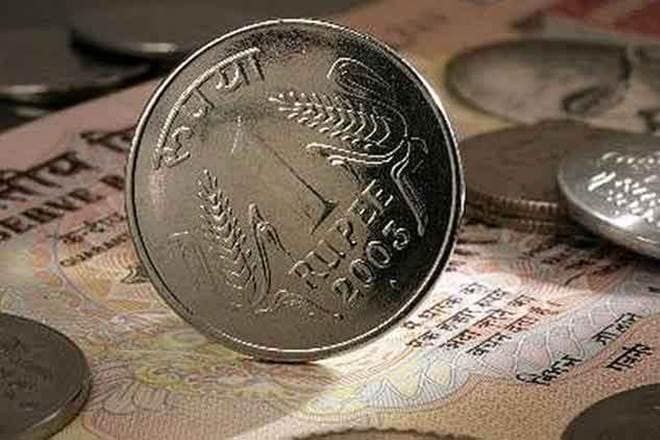The rupee on Thursday breached new lows hitting 73.8175 against the greenback in intra-day trade before recovering to close at 73.5838. With importers rushing for dollar cover, the premium on three-month forward contracts jumped 11 basis points (bps) over Wednesday’s close to around 4.61% on Thursday.
On August 1, the premium on the forward contract was around 4.407%. The RBI on Wednesday made foreign currency borrowing norms easier for the oil marketing companies (OMCs) saying they need not hedge their borrowings. Experts believe the cost at which the OMCs will be able to access funds would be relatively high around 10.8-11%, including hedging costs.This is because interest rates on all foreign currencies has rise and the spreads too have widened.
The six-month London interbank offer rate (LIBOR) at around 2.6% plus a possible 135-140 bps spread would bring the total landing cost of the dollars to around 3.8-4%. If the loans are hedged, there would be an additional 7% cost of hedging. If the cost of hedging at around 7% is excluded, the cost would be lower. It is expected the RBI will help the OMCs with the hedging costs. The pressure on the currency has been exacerbated by elevated prices of crude which are hovering around the $86 mark and a strengthening dollar. On Thursday, the dollex had risen to levels of 96.121 levels before softening somewhat.

The dollex was stronger than the 95.762 levels on Wednesday; in early August, it was ruling at around 94.66. The dollar has been strengthening given the US Fed has been raising interest rates and has declared its intention to raise them further. Manish Wadhawan, MD and head of fixed income, HSBC India, believes that the rupee at 74.50 would face a stiff resistance. However, if the crude price remains elevated around $90/barrel and the US treasury yields climb further, any prediction will be difficult. “It’s a tough external environment for emerging markets, with India being no exception. The global factors have fuelled the decline in our currency, as we enter the quarter (October-December),” Wadhawan explained.
“The possibility of issuance of NRI bonds is not ruled out primarily because of our current account deficit as we face a mismatch due to the foreign institutional investors flows, so we may need durable long-term funds,” he added. The currency has lost 7.32% since August 1 and around 13.2% since January. Interestingly, in the off-shore markets, the three-month non-deliverable forwards strengthened to around 74.83/$ on Thursday almost 23 paisa stronger over Wednesday’s close. On August 1, the NDF rates were in the region of 69.04/$.


